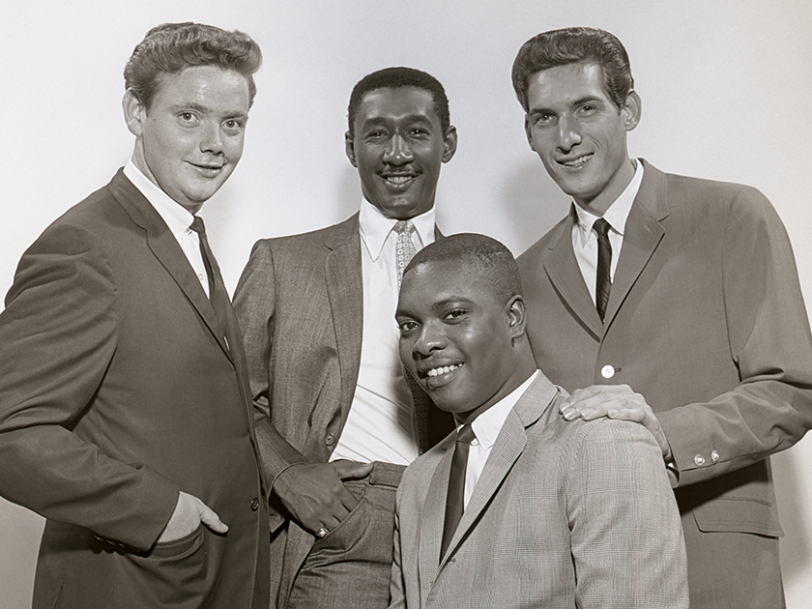In the autumn of 1962, the distinctive sound of Stax Records reached the wider world thanks to Green Onions, the electrifying debut album by Booker T And The MGs. A young rhythm’n’blues combo from Memphis, Tennessee, the group was led by a 17-year-old organist called Booker T Jones and broke new ground in the US because their line-up contained both Black and white musicians, a development that was then deemed controversial. But not only did Booker T And The MGs offer a model of inclusivity and harmonious racial integration at a time when North America was being torn apart by ethnic divisions, they also helped establish the reputation of a white-owned independent record company that became renowned for mostly recording Black soul musicians.
Green Onions was the first album released by Stax, the label founded a year earlier by siblings Jim Stewart and Estelle Axton. Distinctly urban in its blend of grit and polish, the record heralded an exciting new sound that drew on the deep emotional well that was at the heart of both the blues and soul-music idioms. Rush-released after the success of The MGs’ high-flying debut single, the catchy instrumental Green Onions – which spent a month at the top of the US R&B chart in August 1962 – the parent album helped to establish the instantly recognisable and highly influential Stax sound. Here’s the story of how Green Onions changed the world…
Listen to the ‘Green Onions’ album here.
The backstory: “This is the best damn instrumental I’ve heard”
Booker T Jones was a precociously talented multi-instrumentalist who played the saxophone, oboe, trombone and double bass, as well as keyboards. He began doing sessions for a local Memphis label called Satellite, in 1960, when he was 16 and still in high school, playing baritone sax on Carla and Rufus Thomas’ single Cause I Love You. After that, he was regularly called in for recording sessions at Satellite, which changed its name to Stax Records in 1961.
One Sunday in the spring of 1962, Jones was summoned for a Stax session intended for rockabilly singer Billy Lee Riley. Also in attendance were guitarist Steve Cropper, bassist Lewis Steinberg, and drummer Al Jackson, Jr. Riley didn’t show up, so the sessions hands killed time by jamming on a slow blues riff that caught the ear of producer Jim Stewart, who liked what he heard and began recording the track, later titled Behave Yourself. Stewart was so impressed that he vowed to release it as a single, and then asked the four musicians to come up with a B-side. Cropper remembered an organ riff that Jones had toyed with a few weeks previously and asked him to play it; the rest of the musicians dropped in and, after running through the tune a couple of times, went for a take. After the second go at it, they thought they had a usable track in the can.




